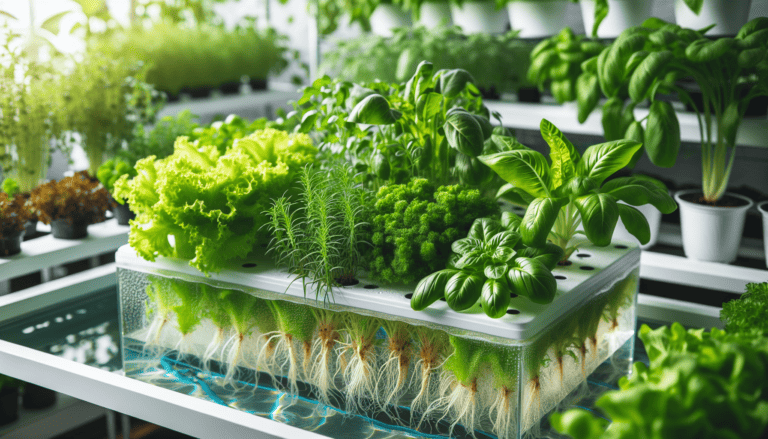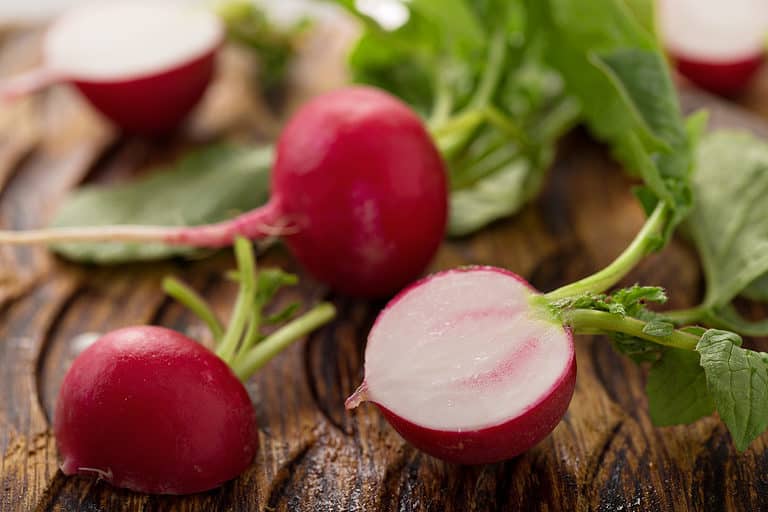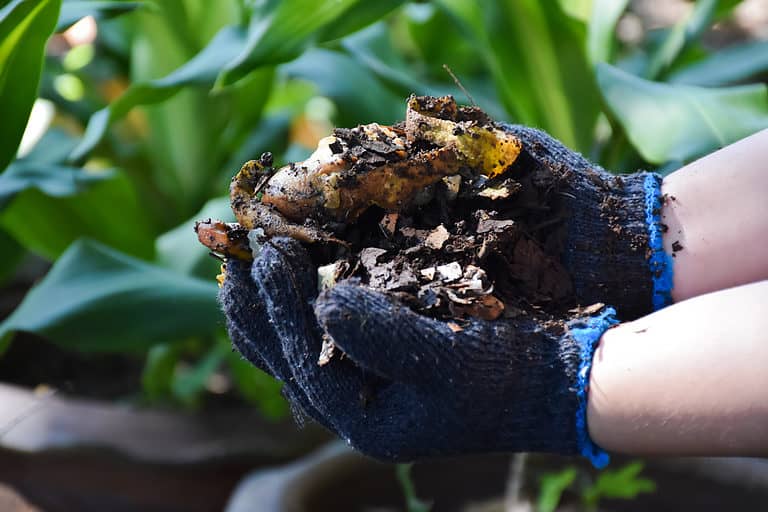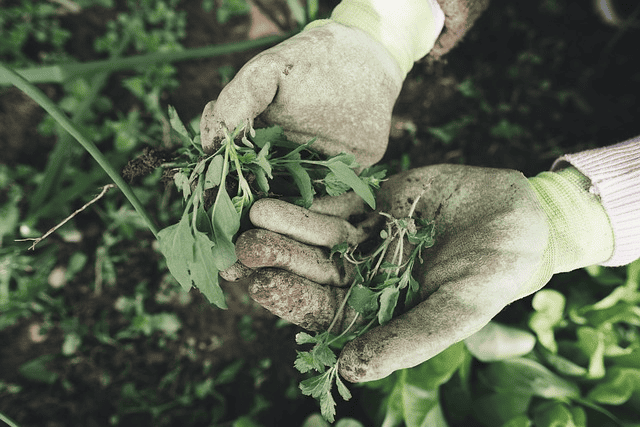Tips for Growing Tomatoes
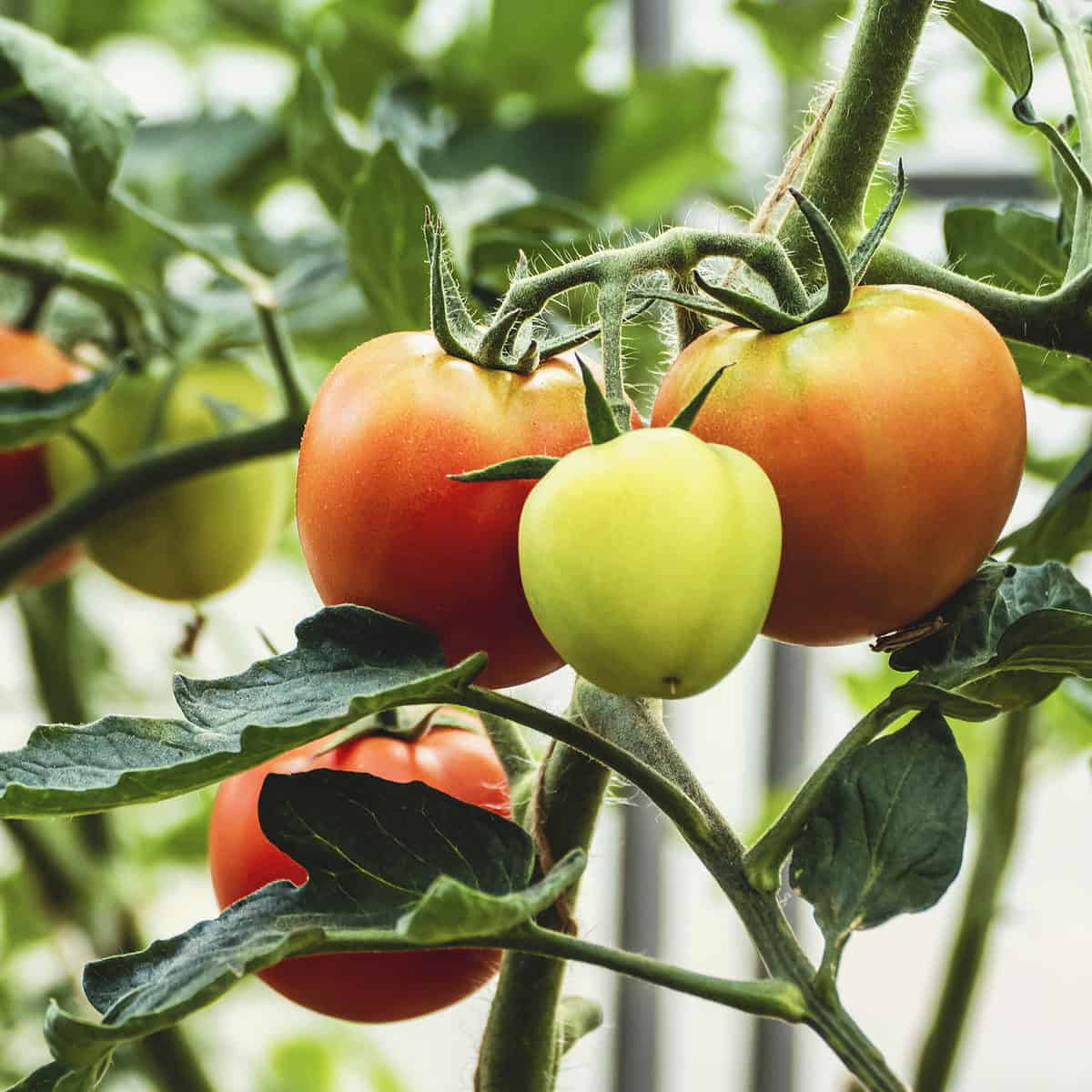
Genius
Tomatoes are a member of the Solanaceae family and the scientific name is Lycopersicon lycopersicum. The plants are usually classified as either determinate or indeterminate. Determinate tomato varieties tend to be bushier and have a more compact growth habit, while indeterminate varieties are vining plants that keep growing taller and produce fruit over a longer period of time.
History
Tomatoes are native to South America, specifically the region around present-day Peru and Ecuador. They were first cultivated by the Aztecs and Incas, who used them for both culinary and medicinal purposes. The Spanish conquistadors discovered tomatoes when they invaded Central and South America in the 16th century, and soon after, the fruit was brought to Europe where it was initially considered poisonous. It wasn’t until the 18th century that tomatoes began to be commonly used in cooking.
Popular types
Some of the most popular tomato varieties include ‘Roma,’ a determinate variety that is ideal for canning and preserving; ‘Beefsteak,’ an indeterminate variety with large, meaty fruit; ‘Cherry,’ a determinate variety that produces small, sweet fruit; ‘Heirloom,’ a non-hybrid variety that can have unique taste and shape; ‘Hybrid’, varieties are developed to have specific characteristics such as disease resistance, flavor, shape and size.
When to Plant
The best time to plant tomatoes depends on your climate. In general, it’s best to wait until the soil has warmed up and the risk of frost has passed. In most parts of the United States, this means planting in late May or early June. But in warmer climates, tomatoes can be planted earlier in the season.
Best for each season
Tomatoes are warm-season plants, they are best grown in the summer. In the places that have mild weather all year round, tomatoes can be planted in the fall or winter for a harvest in early spring.
How to Plant
Tomatoes can be planted either directly in the garden or started indoors and then transplanted. When planting directly in the garden, space the plants 2-3 feet apart in rows 3-4 feet apart. The soil should be well-drained and amended with compost or other organic matter. If you’re starting your tomatoes indoors, use seed trays or individual pots and transplant them when they have at least two sets of leaves, and the soil temperature is at least 60 F (15 C)
Fertilize
Tomatoes are heavy feeders, and will benefit from a regular fertilizing schedule. Use a balanced fertilizer, such as a 10-10-10 or 20-20-20 formula, and follow the instructions on the label. A good way to fertilize is to add a complete fertilizer at planting and then supplement with side-dressing of organic fertilizers such as fish emulsion or compost tea.
Pruning
Pruning your tomato plants can help to improve their health and productivity. Here are some tips for pruning tomatoes:
Remove suckers
Suckers are small shoots that grow from the base of the plant between the stem and a leaf axil. These suckers should be removed as they will take energy and resources away from the main stem and fruit development.
Limit the number of branches
Tomato plants can have a large number of branches, but it’s important to limit the number of branches to 2-3 per stem, as more than that can lead to overcrowding and reduced airflow, which can increase the risk of disease.
Remove diseased or damaged branches
If you notice any branches that are diseased or damaged, remove them to prevent the spread of disease to the rest of the plant.
Prune the top of the plant
As the plant grows taller, it’s a good idea to prune off the topmost leaves to prevent shading of the lower leaves, which can lead to reduced fruit production.
Be careful not to over-prune
While pruning can be beneficial, it’s important not to over-prune, as this can stress the plant and reduce fruit production.
Timing
The best time to prune tomatoes is in the early stages of growth, as the plant is establishing itself. This will allow the plant to focus on developing a strong root system and main stem. Once the fruit is setting or has set, it’s best to avoid pruning.
It’s important to keep in mind that pruning can be different depending on the variety of the tomato plant. For example, determinate varieties that tend to be bushier and have a more compact growth habit, may not require as much pruning as the indeterminate varieties that are vining plants that keep growing taller.
When pruning, use clean and sharp shears or scissors to prevent damage to the plant. Always make sure to wash your tools with hot soapy water before and after pruning to prevent the spread of any diseases. Remember, pruning is an important practice that can help you to maintain healthy, productive tomato plants, but over-pruning can be just as detrimental as not pruning at all.
Succession Planting
Succession planting is a technique where you plant the same crop at different intervals so that you can harvest it over an extended period. This can be particularly useful when growing tomatoes, as different varieties will ripen at different times. By succession planting, you can enjoy a steady supply of fresh tomatoes from your garden all season long.
How to harvest
Tomatoes are typically ready to harvest when they are fully ripe and have a deep red color. They should be plucked from the stem, not pulled or twisted as this can damage the plant. Tomatoes that are still slightly green can be left to ripen on the vine or picked and ripened indoors.
Diseases and treatments
Tomatoes are susceptible to a variety of diseases, such as blossom end rot, early blight, and fusarium wilt. To prevent and treat these diseases, it’s important to practice good cultural management techniques, such as providing adequate water and nutrition, avoiding overcrowding, and rotating your crops.
Blossom end rot is a common problem that occurs when the fruit does not get enough calcium. It can be prevented by ensuring that the soil is well-draining and amended with compost or other organic matter to maintain a consistent moisture level. Applying calcium in the form of lime or gypsum can also help to prevent this problem.
Early blight is a fungal disease that causes dark, circular spots to appear on the leaves and fruit. It can be prevented by maintaining good air circulation around the plants and avoiding overcrowding. If necessary, fungicides can be used to treat early blight.
Fusarium wilt is a soil-borne fungal disease that causes the leaves of the plant to wilt and turn yellow. It can be prevented by avoiding planting tomatoes in areas where the disease has been known to occur and by rotating your crops. If you suspect that your plants have fusarium wilt, it’s best to remove them and dispose of them properly to prevent the disease from spreading.
Companion planting is a gardening technique where certain plants are grown together in order to benefit each other. When it comes to tomatoes, there are certain plants that are known to be beneficial companions.
Companion Planting
Basil
Basil is believed to help repel pests such as mosquitoes and flies, and it can also improve the flavor of the tomatoes when planted nearby.
Marigolds
Marigolds are believed to help repel tomato pests such as aphids and nematodes. They also give off a strong smell that can help to mask the scent of the tomatoes and deter pests from finding them.
Garlic
Garlic is believed to repel pests such as aphids, ants, and Japanese beetles. It also releases compounds into the soil that can help to improve the growth and health of the tomato plants.
Borage
Borage is believed to help repel tomato pests and improve the health of the tomato plants. It’s also known to attract beneficial insects such as bees and ladybugs, which can help to pollinate your tomato plants and control pests.
Nasturtium:
Nasturtiums are believed to repel aphids and whiteflies, and they also attract beneficial insects such as ladybugs and lacewings which feed on pests that may damage tomatoes.
Carrots
Carrots are believed to repel pests such as the tomato hornworm and carrot fly, making them an ideal companion for tomatoes. The two plants also have similar soil and water requirements, making them easy to grow together.
Chives
Chives are believed to repel aphids and other pests such as spider mites. They also can help to improve the growth of tomatoes by releasing compounds into the soil that can promote the growth of mycorrhizal fungi, which can help to improve the plant’s ability to absorb nutrients.
Oregano
Oregano is believed to repel pests such as the tomato hornworm and the aphids, and it can also improve the flavor of the tomatoes when planted nearby.
It’s important to note that companion planting is not an exact science, and some of the effects might vary based on the climate, soil, and other environmental conditions. However, these plants can be a good starting point for companion planting with tomatoes and can provide benefits for overall health and growth of your tomatoes.
Quick Tips
Growing tomatoes can be a rewarding and delicious hobby, but it can also be challenging at times. Here are some tips to help you grow healthy and productive tomato plants:
- Choose the right location: Tomatoes prefer full sun, so choose a spot in your garden that gets at least 6-8 hours of direct sunlight per day. Avoid planting them in areas that are prone to frost, as tomatoes are sensitive to cold temperatures.
- Use the right soil: Tomatoes prefer well-draining soil with a pH between 6.0 and 6.8. If your soil is heavy or clay-like, consider adding compost or peat moss to improve drainage.
- Plant at the right time: The best time to plant tomatoes depends on your climate. In general, it’s best to wait until the soil has warmed up and the risk of frost has passed. In most parts of the United States, this means planting in late May or early June.
- Water consistently: Water your tomato plants deeply, but be careful not to over-water them. Too much water can cause the plants to become stressed and may lead to blossom end rot.
- Use stakes or cages: As your tomato plants grow, they will need support to prevent them from collapsing under the weight of the fruit. Use stakes or cages to help keep the plants upright and prevent them from breaking.
- Fertilize properly: Tomatoes are heavy feeders and will benefit from a regular fertilizing schedule. Use a balanced fertilizer, such as a 10-10-10 or 20-20-20 formula, and follow the instructions on the label.
- Prune the plants: Pruning your tomato plants can help improve air circulation and encourage new growth. Use pruning shears to remove any suckers that grow from the base of the plant, as well as any diseased or damaged branches.
- Protect against pests: Tomatoes can be vulnerable to pests such as aphids, cutworms, and hornworms. Keep an eye out for these pests and take action as needed. You can use organic pest control methods, such as releasing beneficial insects or applying neem oil, or you can use chemical pesticides if necessary.
By following these tips, you can help your tomato plants thrive and produce a bountiful harvest of juicy, delicious tomatoes. Remember to keep an eye out for any signs of disease or pest issues and take action as necessary. Happy gardening!

